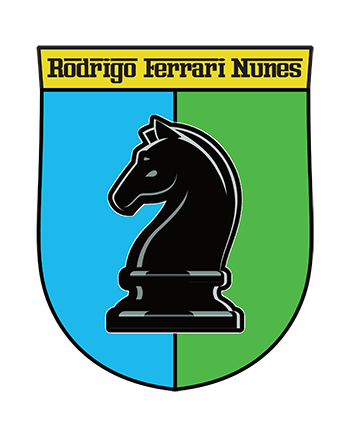Harmonizing Minds: Chess, Music, and the Journey of Proficiency
For years, my work has revolved around the interplay between two seemingly distinct yet profoundly interconnected art forms: chess and music. Both art forms captivate through their complexity, beauty, and demand for skill, discipline, and imagination. My paper, Chess and Music Proficiency: Growing the Imagination with Pleasure and Effort, focuses on these and other themes. It offers insights into how the practices of chess and music share a unique and enriching relationship. This paper is part of a broader manuscript on chess and music and serves as a foundation for my upcoming project: creative models for translating chess into music. Here, I’d like to share the essence of this work and invite you to explore the ideas within. You may access it in full on my Academia.edu page or directly through this link.
The Shared Language of Appreciation
Chess and music thrive on a dynamic of mutuality and appreciation—a partnership between practitioners and their audiences that keeps both arts alive and evolving. While music can be appreciated without technical expertise, chess appreciation often requires a foundational understanding of the game. As Reuben Fine aptly noted in 1944, “an amount of technical knowledge is needed to appreciate great chess.”
Despite these differences, both art forms evoke wonder and beauty. Chess legend Garry Kasparov referred to chess composition as one of the “most beautiful and mysterious aspects of the art of chess,” while musicians find similar inspiration in the works of Bach, Chopin, and Debussy. Former world champion Levon Aronian likened chess games to songs and tournaments to albums, emphasizing the compositional nature of every chess match—a collaborative effort between opponents that mirrors musical creativity. This connection is further exemplified by François-André Danican Philidor, an 18th-century composer and chess master who famously excelled in both arts, demonstrating how deeply intertwined chess and music can be (read more here).
Effort, Pleasure, and Proficiency
My research suggests that the path to proficiency in both chess and music intertwines effort and pleasure. This combination fuels growth, transcending the limiting myths of innate talent and rigid specialization. By embracing polymathy and a multidisciplinary approach, we open doors to richer experiences and learning opportunities in both fields. As my paper argues, tools like visual power maps—converting chess positions and musical harmonies into actionable patterns—offer practical methods for advancing in both disciplines.
Chess and music also foster a profound sense of introspection and creativity. Activities like postmortem chess analysis, listening back to musical recordings, and composing cultivate foresight and emotional balance. These practices not only sharpen technical skills but also have broader implications in life, such as enhancing emotional control, projecting future possibilities, and refining planning abilities.
Looking Ahead: Translating Chess into Music
The culmination of my years of research and practice in these fields is leading to an exciting project: translating chess into music. My model considers practical ways of transforming chessboard dynamics into musical expressions, bridging the abstract strategies of chess with the emotive power of music. This work builds upon the ideas from this paper to explore the synergy between these art forms and their shared potential for imagination and innovation.
I invite you to explore the paper and reflect on how chess and music might resonate in your own life. Whether you’re a seasoned player, an avid listener, or a curious learner, the journey into these interconnected worlds promises infinite possibilities for growth, creativity, and wonder.
Stay tuned for more updates as I start laying out the foundations for chess and music translations. My following essays and blog posts will explain and exemplify how, by following a set of flexible rules, we can both translate chess dynamics into music and develop a potentially revolutionary application that will make so that every chess game you play also becomes a musical composition.
This original system or dynamic translation model gave rise to what I call musical, conductor or orchestral chess. I have also drawn inspiration from my collaboration with multi-instrumentalist Sandro Haick, and the music teaching method behind our playing cards, which can be accessed here: https://www.sandrohaick.com/baralho-musical/.




